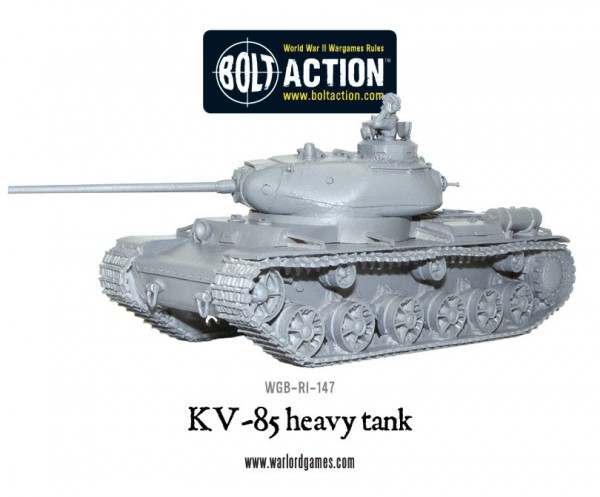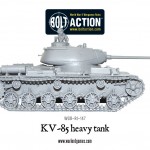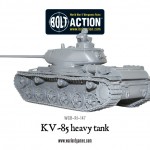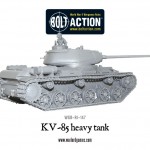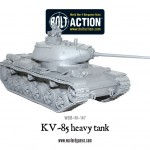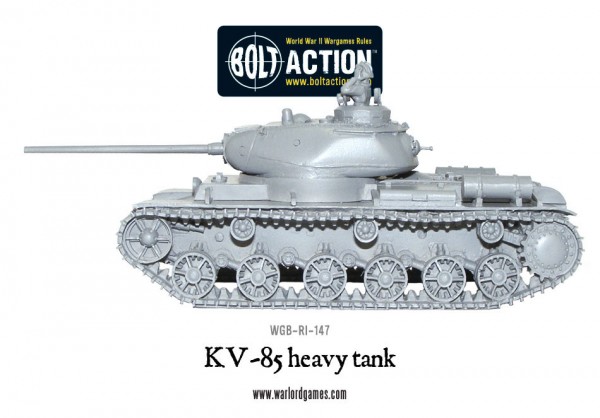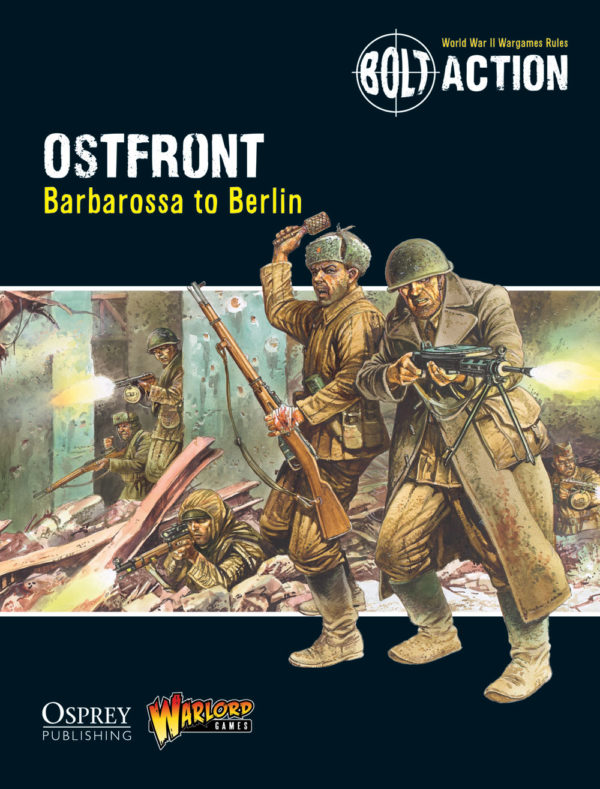By the summer of 1943, Soviets tank commanders desperately needed a new tank to take on the heavier German Panthers and Tigers, complaining that the current generation of T-34 and KV tanks were virtually ineffective.
With this in mind, two prototypes were created and paraded in front of Stalin himself. The KV-85 went straight into production, while the experimental IS-85 would follow as soon as it was ready. The KV-85 was meant to solve the battlefield problems, giving the beleaguered tank commanders a heavier hitting tank than previously available, being able to tackle all but the biggest of the German big cats.
Production began in 1943 and – depending upon which sources you read – around 150 were produced. Based on the KV-1S hull, the KV-85 mounted the turret as far forward as possible, and was fitted with rounded armour plates, enabling any enemy fire to hopefully bounce off the turret. The hull also needed to be widened to accommodate the new gun, which was achieved by attaching a pair of fillets to each side.
Weighting in at 45 tons, the tank was almost as heavy as the monstrous German Tiger 1. As well as the 85mm D5T main anti-tank gun, it featured two machine guns – one in an anti-aircraft role, giving the tank at least some protection, and one attached to the rear of the turret to fight off any infantry sneaking up on it. It featured a V2 series 12 cylinder diesel engine and could reach a top speed of 25mph. The other key change to this tank was the layout inside – due to the heavier calibre gun, the hull mounted machine gun was removed and one crewman was done away with, in order to make room for the differing ammunition!
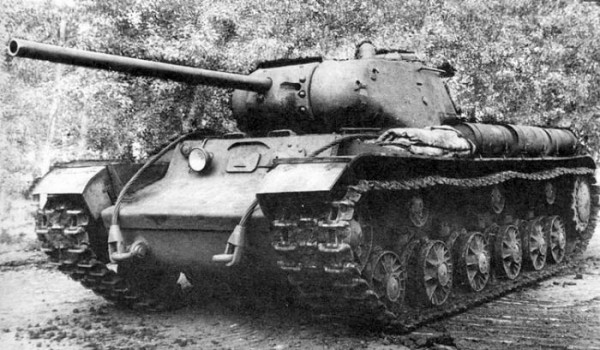
The tank first saw action in the beginning of September 1942, before production abruptly ended in December the same year. Albeit a brief production run, it supplied the Soviets with a much needed tank capable of fighting the formidable German big cats and was mainly to be seen in Soviet breakthrough regiments.
The KV-85 rolled-out onto the battlefield and straight into the bloody conflict. This meant that (of roughly 150 tanks produced,) the vast majority of KV-85s were lost to enemy actions. At the same time, the Soviets had shifted their focus to tank destroyers – and the KV85 design was soon retired – though many lessons were learned from its design, which would lead to the development of the IS Heavy Tanks in time for the assault on Germany.
Article written by Sam Phillips

